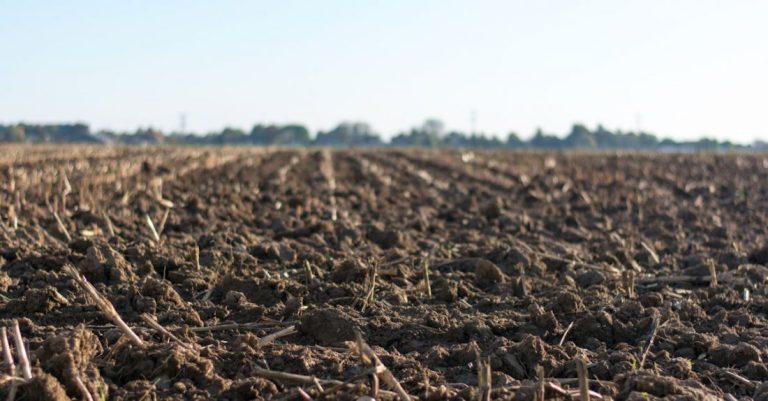
Permaculture is a design system that aims to create sustainable and self-sufficient ecosystems by mimicking patterns observed in nature. Water is a precious resource in permaculture, and effective water management is crucial for the success of any permaculture project. By implementing the following top tips for water management in permaculture, you can optimize water use, reduce waste, and create a thriving and resilient system.
Harvest Rainwater
One of the fundamental principles of permaculture is to catch and store water. Rainwater harvesting is an excellent way to collect water for use in your permaculture system. By installing rain barrels, swales, or ponds, you can capture rainwater and use it to irrigate your garden, orchard, or food forest. This not only reduces your reliance on municipal water sources but also helps to prevent erosion and flooding on your property.
Use Mulch
Mulching is a simple and effective way to conserve water in your permaculture garden. By covering the soil with organic materials such as straw, leaves, or wood chips, you can help retain moisture, suppress weeds, and improve soil fertility. Mulch acts as a protective layer that reduces water evaporation from the soil, allowing plants to access water more efficiently. Additionally, as the mulch breaks down, it adds organic matter to the soil, further enhancing its water-holding capacity.
Plant Water-Efficient Species
Selecting drought-tolerant and water-efficient plants is essential for successful water management in permaculture. Native species are well-adapted to the local climate and soil conditions, making them more resilient to fluctuations in water availability. By choosing plants that require minimal irrigation, you can create a low-maintenance and sustainable garden that thrives with minimal water input. Consider incorporating perennial crops, such as fruit trees, herbs, and perennial vegetables, that have deep root systems and can access water from deeper soil layers.
Implement Swales and Keyline Design
Swales are water-harvesting ditches that are dug on contour to slow down and capture rainwater runoff. By strategically placing swales on your property, you can effectively manage water flow, prevent erosion, and recharge groundwater resources. Keyline design is another water management technique that focuses on contour plowing and subsoil plowing to improve water infiltration and distribution. By combining swales with keyline design, you can maximize water retention and distribution across your landscape, promoting healthy plant growth and soil regeneration.
Create a Water Budget
Developing a water budget is a valuable tool for tracking and managing water use in your permaculture system. Calculate the water inputs and outputs on your property, including rainfall, irrigation, evaporation, and plant transpiration. By monitoring your water balance, you can identify areas where water is being wasted or underutilized and make informed decisions to optimize water efficiency. Adjust your watering schedule based on weather conditions, plant needs, and soil moisture levels to ensure that water is used effectively and sustainably.
Integrate Greywater Systems
Greywater, the wastewater generated from household activities such as bathing, laundry, and dishwashing, can be recycled and reused in your permaculture garden. By installing a greywater system, you can divert greywater from the sewer system and channel it to water fruit trees, ornamental plants, or vegetable gardens. Use biodegradable soaps and detergents to minimize the impact of greywater on soil and plant health. Greywater systems are a cost-effective and environmentally friendly way to supplement your irrigation needs and reduce freshwater consumption.
Monitor and Adapt
Water management in permaculture is an ongoing process that requires observation, experimentation, and adaptation. Regularly monitor soil moisture levels, plant health, and water flow patterns to assess the effectiveness of your water management strategies. Keep detailed records of rainfall, irrigation, and water use to track trends and identify areas for improvement. Be open to trying new techniques and adjusting your approach based on the feedback from your ecosystem. By staying engaged and responsive to the needs of your permaculture system, you can cultivate a resilient and water-efficient landscape that thrives in harmony with nature.
Incorporate these top tips for water management in permaculture into your design to create a sustainable and thriving ecosystem that conserves water, supports biodiversity, and enhances soil health. By harnessing the power of water through rainwater harvesting, mulching, water-efficient plant selection, swales, keyline design, water budgeting, greywater systems, and continuous monitoring and adaptation, you can build a resilient and regenerative permaculture system that sustains both the land and its inhabitants.





